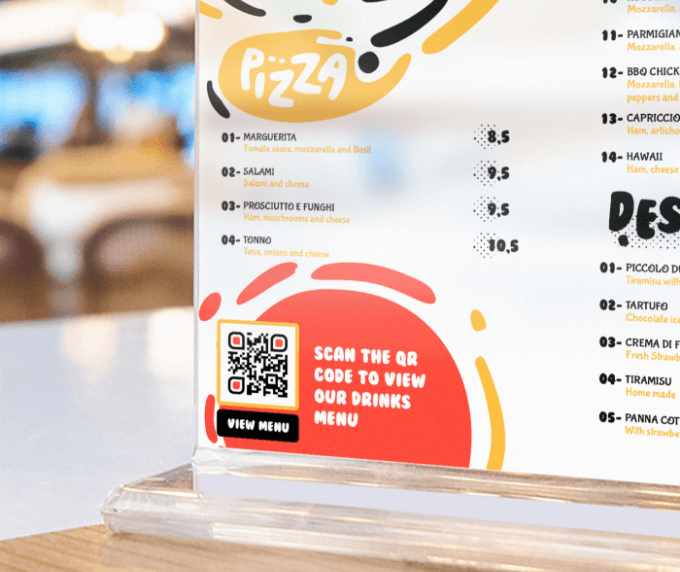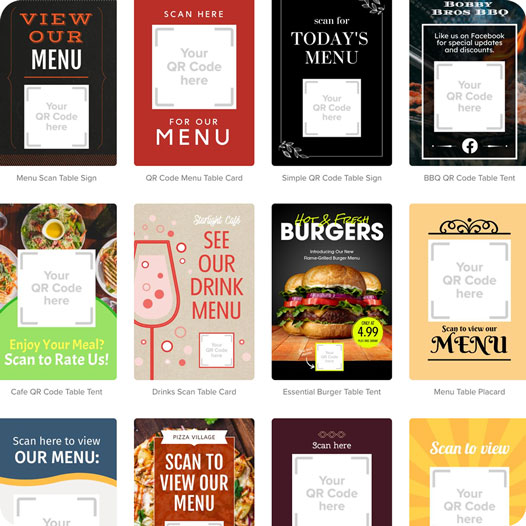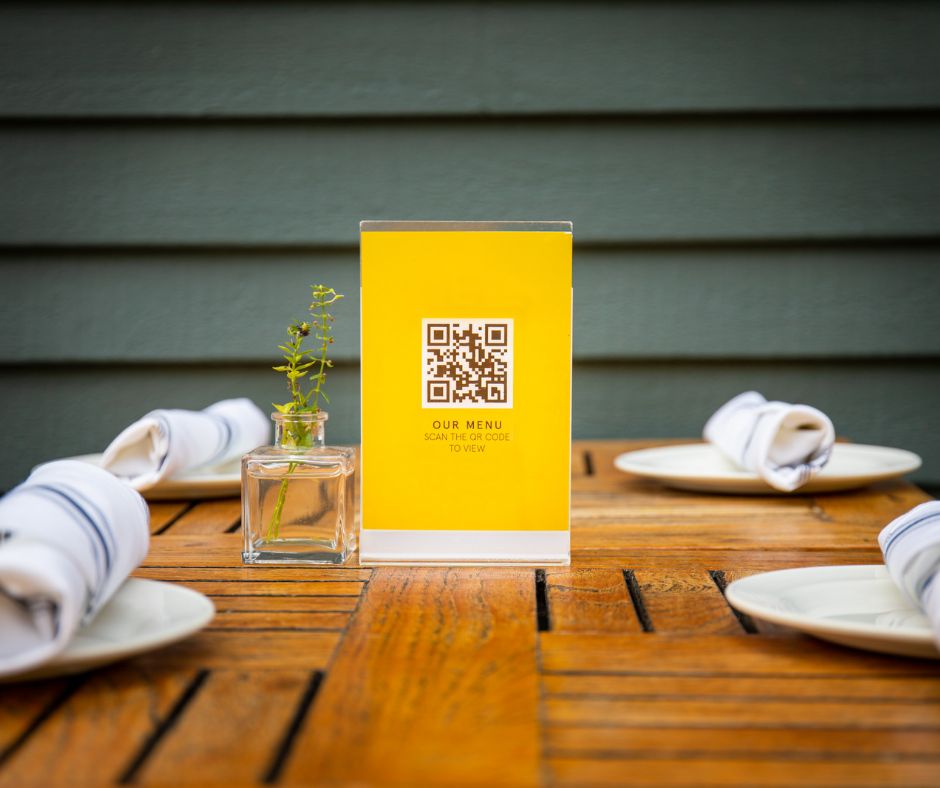Digital Transformation in the Restaurant Industry
In this case study, we explore the transition of a restaurant from a traditional paper menu card to a QR-based digital menu system.
The restaurant, “Chaitanya” sought to enhance customer experience, improve operational efficiency, and embrace digital innovation in response to changing customer preferences and technological advancements.

Digital Menu for Restaurant Sample
Background
Objectives
- Enhance customer experience by providing interactive and visually appealing menu options.
- Reduce costs associated with printing and updating traditional paper menus.
- Improve operational efficiency by enabling real-time updates, customization, and analytics.
- Embrace eco-friendly practices by eliminating paper waste.
Implementation
Menu Design: Chiatanya Restaurant collaborated with Voisys to design an attractive and user-friendly digital menu. The menu included high-quality images, detailed descriptions, pricing, and dietary information.
QR Code Integration: Each table at the restaurant was assigned a unique QR code, printed and placed prominently. Customers could scan the QR code using their smartphones, which would direct them to the digital menu.
Online Ordering and Payment: The digital menu also offered online ordering and secure payment options, allowing customers to place their orders directly from their smartphones and minimizing the need for physical interaction with staff.
Staff Training: The restaurant provided comprehensive training to its staff members to familiarize them with the new digital menu system and ensure seamless customer service.

Benefits and Results:

Enhanced Customer Experience: The visually appealing digital menu provided customers with a dynamic and interactive browsing experience, enabling them to view high-resolution images, read detailed descriptions, and access customer reviews.
Cost Savings: By eliminating the need for printing and reprinting paper menus, Delicious Bites achieved significant cost savings over time. The restaurant also reduced expenses associated with menu updates and corrections.
Operational Efficiency: The digital menu system allowed the restaurant to make real-time changes, such as updating prices, adding new dishes, or marking items as out of stock. It also provided valuable data insights and analytics on customer preferences and ordering patterns.
Environmental Sustainability: By transitioning to a digital menu, Delicious Bites contributed to reducing paper waste and embraced eco-friendly practices, aligning with the growing sustainability concerns of their customer base.
Conclusion:
Delicious Bites successfully transformed its menu system by embracing QR-based digital menus. The implementation resulted in improved customer experience, cost savings, operational efficiency, and environmental sustainability. This case study highlights the importance of digital innovation in the restaurant industry and demonstrates how a QR-based digital menu can be a valuable asset for restaurants seeking to adapt to changing customer preferences and leverage technology to their advantage.



